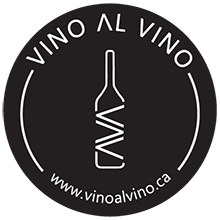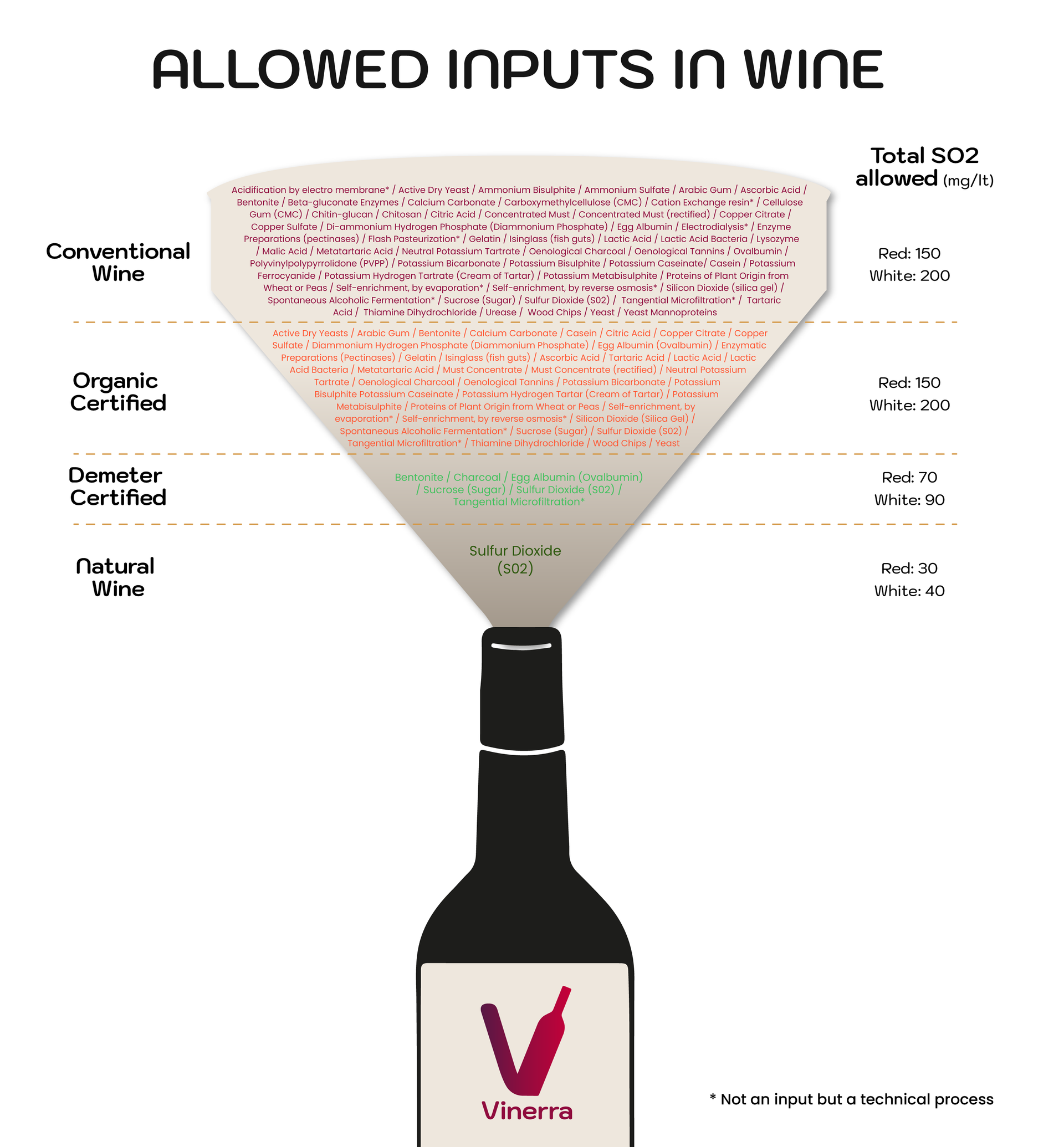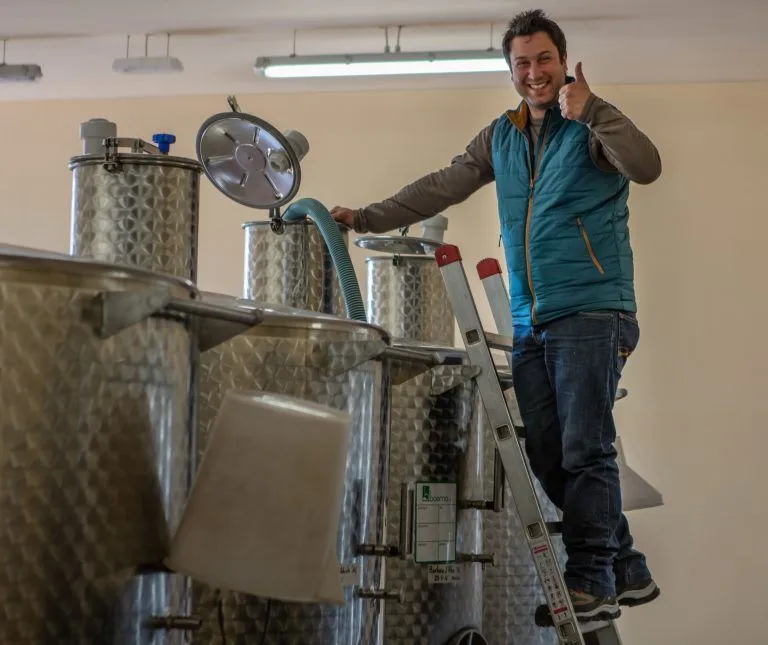What's the difference between organic and biodynamic wines?
Natural wine has been causing a stir in the wine world for some time. Though its roots stretch back millennia, it's only recently that it has been thrust into the limelight. But what exactly is natural wine? Where did it come from, and where is it going? Let's dive in.
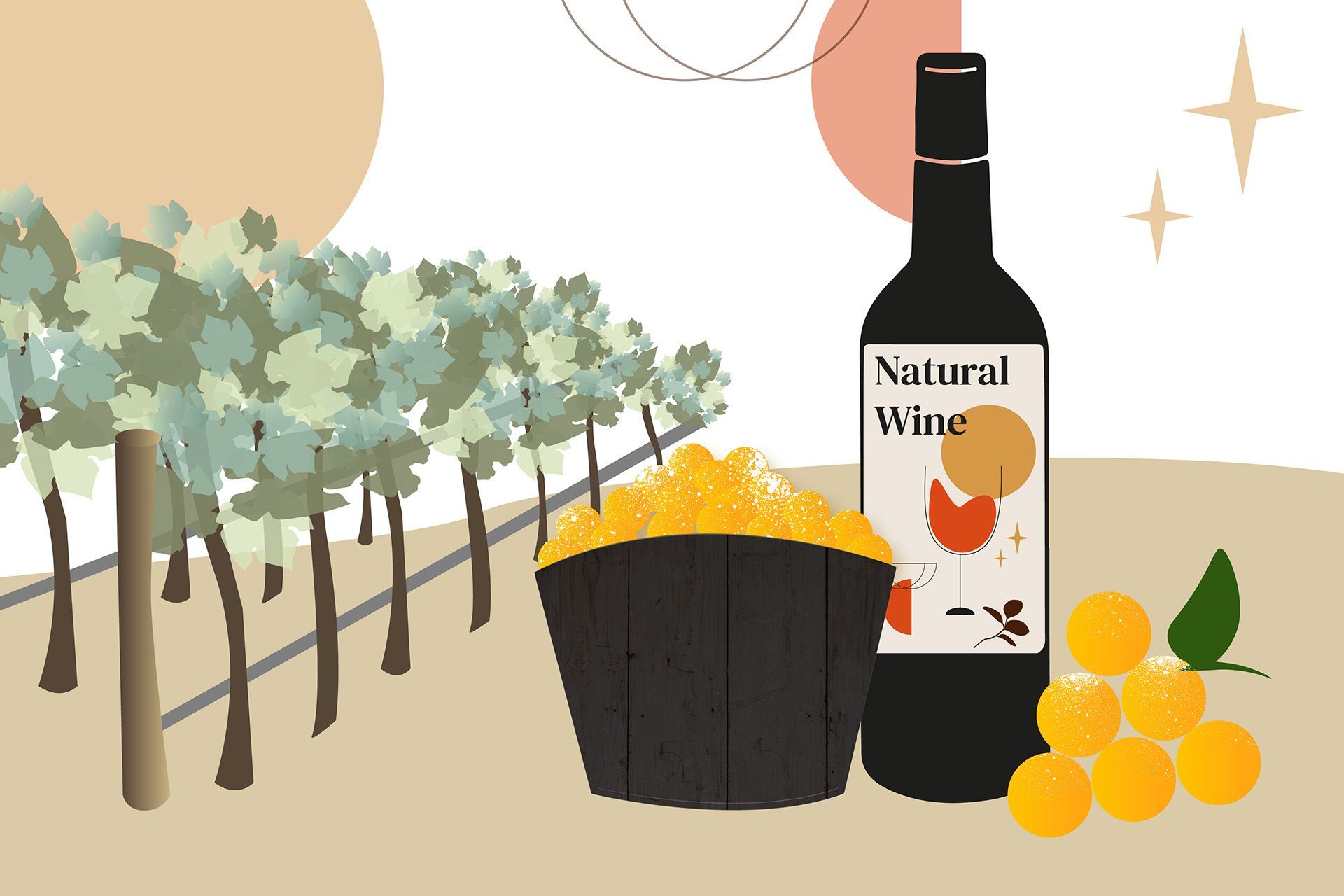
The Ancient Roots of Natural Wines
Natural wine, in essence, is wine made with minimal human intervention. For this reason, this type of wine is also known as ''raw wine''. Now, is this a totally contemporary trend? Certainly not. In fact, it goes back hundreds of centuries.
Before the advent of technology and modern winemaking techniques, all wine was essentially "natural." Grapes were crushed, left to ferment with wild yeasts, and the resultant beverage was drunk without much fuss.
As you can see, this type of winemaking process did not require the addition of any additives other than wild yeast and grape juice to make wine. Although, of course, as we will see later, one of the problems faced was the consistency of these wines.
"The oldest evidence of winemaking, which dates back 8,000 years, comes from Georgia. This early wine was made in clay vessels called qvevris, buried in the ground. It's likely that these wines were 'natural' by today's standards, given the lack of technology available." — [McGovern et al., 2017, Proceedings of the National Academy of Sciences].
The Shift to Conventional Winemaking
Fast forward a few millennia, and with the growth of civilization came the growth of wine as a commodity, fueled by consumerism. As with any commercial product, cost, scale and consistency became important. To achieve this, winemakers started adding agents to stabilize wine, from egg whites to gelatin, and using selected yeasts to ensure consistent fermentation.
The industrial revolution in the 19th and 20th centuries further accelerated the journey from an artisanal craft to a manufactured process. Pesticides, herbicides, and fungicides started being used extensively to increase grape yields. Advancements in chemistry allowed winemakers to adjust acidities, tannin levels, and colour in wines. Natural wines gave way to ''conventional'' wines as faster to the market and cheaper became the norm led by the consumerism revolution.
For further information, refer to the
In Depth Guide to Natural Wines
The Rise of Natural Wine
By the late 20th century, a countercultural movement emerged, pushing back against the industrialization of winemaking. This was not just an aesthetic choice but also an environmental and health-related decision. Many of these winemakers believed that synthetic chemicals used in the vineyards and cellars not only compromised the authenticity of wine but also harmed the Earth and its consumers.
This type of wine, also known as low-intervention wine, seeks to return to the concept of wines that were made centuries ago, and that implied going one step further than organic wines. For that, it seeks to add the least amount of foreign ingredients to the wine, such as egg albumin, to ''correct'' them.
Since the revival of natural wines, more and more consumers began to appear who were not only looking for new experiences that traditional wines could not fully satisfy, but also wanted to generate a positive impact on the environment. For this reason, many natural wines began to appear on the market, although always outnumbered by a large number of traditional wines.
"To make natural wine, it's not just about ditching chemicals in the vineyard. It's also about the return to ancient techniques in the cellar: spontaneous fermentation with wild yeasts, no temperature control, and minimal use of sulfites." — Alice Feiring. "The Dirty Guide to Wine: Following Flavor from Ground to Glass." Countryman Press, 2017.
Challenges and Controversies
The natural wine movement, despite its popularity, has faced criticism. Some advocates of conventional wine argue that the lack of a strict definition for "natural wine" opens it up to misuse. Others believe that the minimal intervention techniques sometimes result in flawed wines that are unstable or exhibit off-flavors.
However, proponents counter that these "flaws" are actually unique expressions of the terroir and the vintage, something that does not happen with conventional wines, making each bottle crafted by natural winemakers a singular experience.
How is Natural Wine Made?
Due to the particular philosophy behind natural wines, the way they are made is also quite different from traditional winemaking methods. This means that, therefore, there are also more obstacles to obtain a bottle of natural wine.
Grape Cultivation
The road to the production of natural wine does not begin, as many believe, in the vinification process, but at the moment of cultivation of the grapes. Here, the use of fertilizers and pesticides that can modify the natural growth cycle of the grapes is avoided. Instead, a biodynamic approach is used, where the environment and biodiversity create the ideal conditions for the grapes to develop.
Harvest
Harvesting the grapes is one of the key aspects of making natural wine. This is because, since no chemicals are used, harvest dates must be calculated with greater accuracy. For example, taking into account that in the northern hemisphere the harvest time is between August and October, a vineyard located in that region must be more attentive on those dates to know the exact moment when the grapes are at the right point of ripeness.
Another key aspect related to this stage is the methods used to harvest the grapes. And, at this point, the process is both simpler and more complex at the same time. Simpler because no machinery is required, thus reducing the risk of crop loss. But at the same time, it is more complex because it is a more time-consuming process. As it is often said, the allies of a natural winegrower are patience and time.
Fermentation
After the harvest, the real magic of natural wines happens. For the fermentation stage, a special type of yeast, known as wild yeast or native yeast, is used. This is nothing more than the same yeast present in the skin of the grapes, something that is achieved by placing the grapes in open-air containers after crushing them. This process, which is known as ''open-air fermentation'', allows the wild yeast to begin ''eating'' the sugar in the grapes, thus initiating a first fermentation that will last between 4 days and two weeks.
A really important aspect that differentiates red wines from natural white wines is the contact with the grape skin. In the case of white wine, the contact with the grape skin is greatly reduced, while in the case of natural red wine, the winemaker will decide how long to leave the wine in contact with the grape skin. The longer the time, the wine will not only have more intense flavors, but also more body. However, in the case of white wines, the skin of the grapes can also be left in fermentation, although in this case they are known as ''orange wines'' due to the tone that the contact with the skin gives them.
But it doesn't end there: many natural wines, especially red wines, are exposed to a second fermentation, known as malolactic fermentation. This can last between 3 and 6 months and allows the malic acid in the wine to be converted into lactic acid, which is much softer and more palatable.
Racking
After the fermentation process, another stage usually takes place that differentiates natural wines from the rest. We are talking about Racking. This phase varies a lot among the different winemakers since it will depend on how much sediment they decide to leave in the wine, but basically, it consists of carefully passing it from one container to another in order to eliminate part of the sediment and leave the wine less cloudy.
The main difference in this stage between the more ''commercial'' wines and natural wines is that for commercial wines some clarifiers are usually used, such as:
- Gelatin
- Egg albumin
- Bentonite
- Skim milk
- Polyvinylpolypyrrolidone, also known as PVPP (especially used to clarify rosé wines)
In the case of natural wines, as mentioned above, no additives are used. This may cause the amount of sediment to vary from one vintage to another, but it also allows for greater honesty between the winemaker and the consumer.
Aging and Bottling
This is the last stage for all types of wines. But again, it varies in some aspects between natural wines and traditional wines. On the one hand, in the aging stage, stainless tanks or oak barrels are often used in both types of wines, which can modify the profile of the wine. The aging time will also modify the final result: the more aged natural wines will have a more rounded profile, with slightly softer tannins, while the younger wines will have more marked tannins and a fruitier profile. At this point, the final result will depend a lot on the winemaker's decisions.
On the other hand, at the time of bottling, in the case of natural wines, the winemaker can decide whether to use a natural cork, which allows a small amount of air to enter the wine and therefore allows the wine to further develop its profile, or a metal cap, which allows the natural wine to stabilize more quickly.
In summary, it could be said that in natural wines the final result will depend much more on the experience of the winemaker and the decisions he makes, since from these the wine will end up defining a particular and unique profile.
The Future of Natural Wine
With the growth of the natural wine movement, various organizations and certifications have emerged, attempting to codify what constitutes "natural." While some fear that this might dilute the movement's ethos, others believe it will offer clarity to consumers.
As climate change alters the landscapes of traditional wine regions, the emphasis of natural wine on sustainability and adaptability could be the future.
"Vineyards that follow organic, biodynamic, or regenerative agriculture practices not only produce grapes that are better suited for natural winemaking but are also more resilient in the face of climate change." — [Jones, Gregory V., and Ryan E. Moran. "Changes in winegrape phenology and relationships to climate in the Finger Lakes wine region of New York, USA." Climate and Applied Meteorology 59.4 (2016): 545-556.]
Conclusion
Merging the age-old winemaking methods with today's eco-awareness, natural wine stands out. Unlike its organic counterpart, which allows some additives for preservation, natural wine keeps it real with minimal intervention. The result? A bottle that echoes its terroir, its origin.
You might have a favourite, but knowing there's a purer alternative reshapes the wine narrative. Critics aside, natural wine has jolted the industry, making us rethink our drink choices.
Remember, while every natural wine is organic, the reverse isn't true. For a genuine sip, pick those from small-scale makers. Support those who champion a greener glass from vine to bottle. Cheers to conscious choices! 🍷
News, Views and Happenings from Vino al Vino
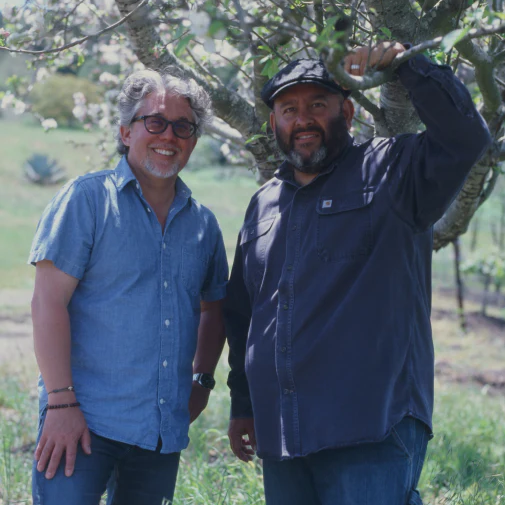
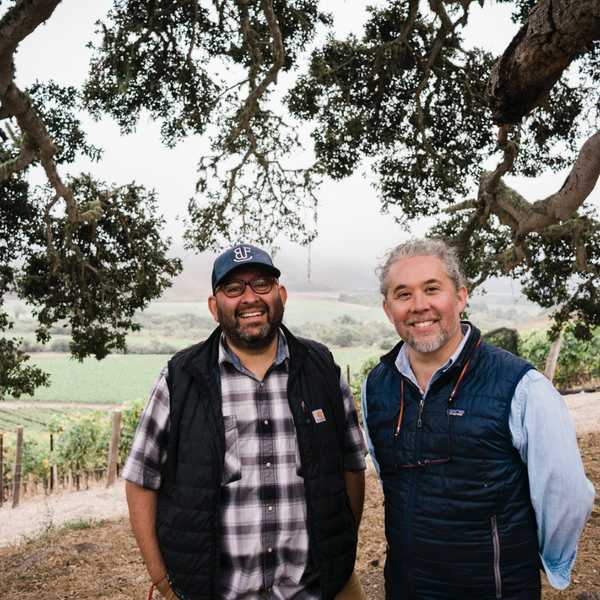
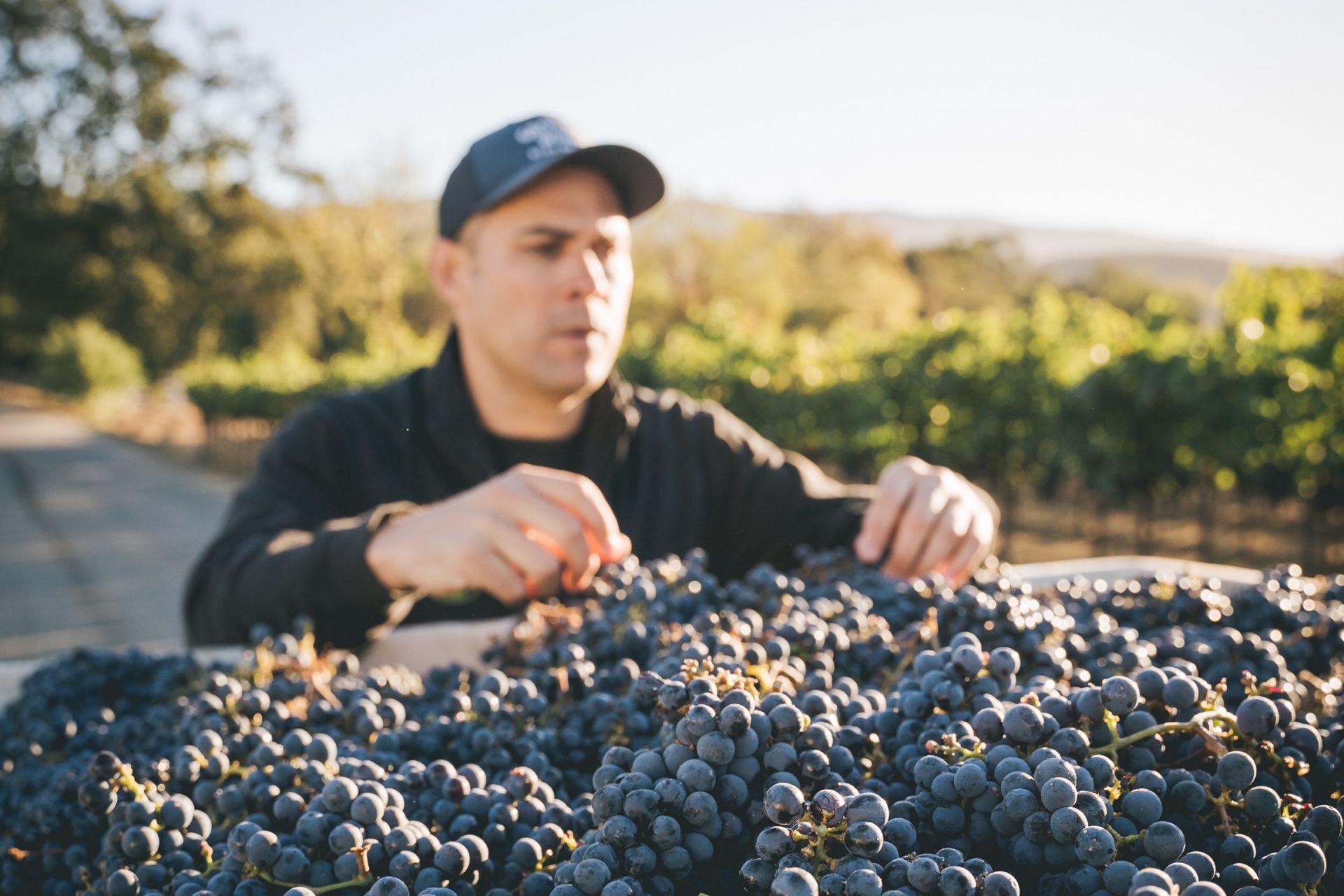
Calgary + Alberta South
Andrew Stewart
403-604-0408
andrew@vinoalvino.ca
Edmonton + Alberta North
Joe Gurba
780-203-5284
joe@vinoalvino.ca
Saskatoon + Saskatchewan
Kerrie Gavin
306-290-0277
kerrie@vinoalvino.ca
Join Our Newsletter*
Contact Us
We will get back to you as soon as possible.
Please try again later.
*By submitting this form, you are consenting to receive marketing emails from: Vino Al Vino Inc. https://www.vinoalvino.ca. You can revoke your consent to receive emails at any time by unsubscribing.
Contact Us
We will get back to you as soon as possible.
Please try again later.
*You are consenting to receive marketing emails from us. You can revoke your consent at any time by unsubscribing.
2014 - 2023 © All Rights Reserved Vino Al Vino Inc.
